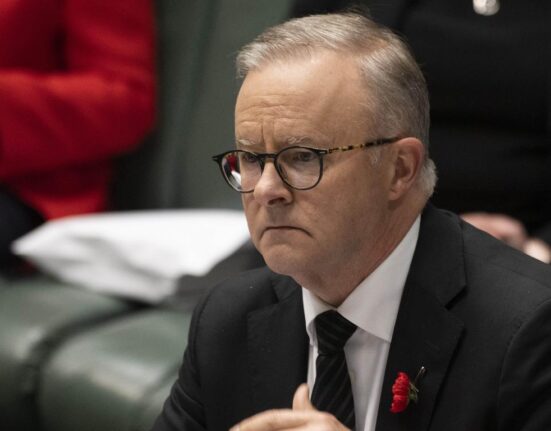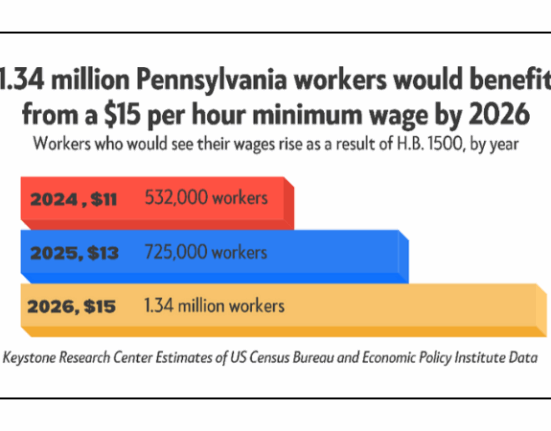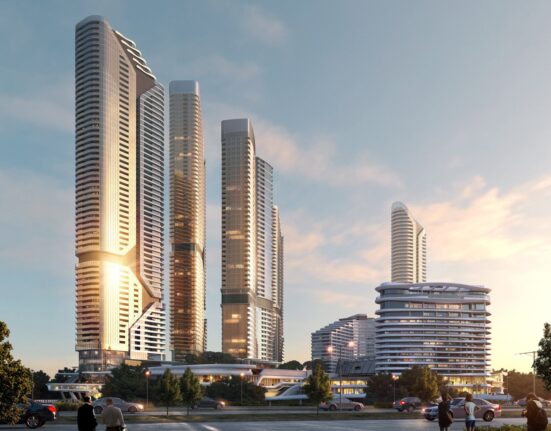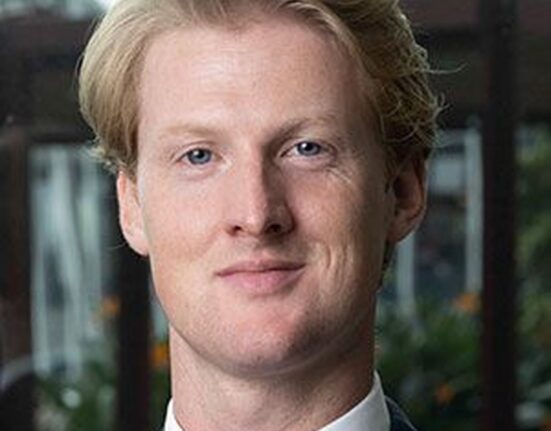Before the recent elections, there was a lot of buzz in the business world about the growing budget deficits and mounting public debt under the Albanese government’s watch. The chatter was all about how urgent it was to address these issues. However, once the election dust settled and the government proposed increasing taxes on wealthy individuals’ superannuation to save up to $3 billion annually, there was an uproar. Suddenly, critics emerged from every corner warning of catastrophic consequences.
The contradictory reactions from the business community highlighted a common theme – skepticism towards a government that few seemed to support wholeheartedly. It also shed light on voters’ unrealistic expectations when it comes to budget matters. As one observer aptly put it,
“You want more but don’t want to pay for it? Sure, I can do that.”
In a recent speech by Treasury secretary Dr. Steven Kennedy at the Australian Business Economists gathering, he presented a concerning graph projecting the budget’s “structural
” deficit all the way up to 2035-36. This structural deficit is estimated at 1.5 percent of gross domestic product for the upcoming financial year. Kennedy pointed out that spending on essential services like the National Disability Insurance Scheme is expected to surpass defense spending.
Furthermore, while federal deficits are looming large, state and territory budgets are also facing challenges with deficits likely reaching 1.8 percent of GDP this year – significantly higher than their long-run average before the pandemic hit. These alarming figures underscore a worrying trend of governments overspending without addressing how they plan to foot the bill.
Aruna Sathanapally from the Grattan Institute minced no words when she emphasized that our governments simply aren’t raising enough revenue to cover their expenditure adequately. She pointed out that Australia ranks low among OECD countries in tax collection relative to its economic size but has high expectations for public services like healthcare and disability care.
Sathanapally highlighted a crucial issue – as our population ages and tax concessions grow in cost, there is an increasing gap between revenue and spending known as a structural gap. To bridge this gap effectively, she suggested options such as reducing expenditure, increasing revenue streams, or stimulating economic growth.
While growing the economy seems like an attractive solution on paper, achieving substantial growth in today’s economic climate poses significant challenges globally. Sathanapally stressed that broadening tax bases and minimizing tax concessions could be more sustainable strategies than merely raising tax rates.
She drew attention to specific areas like superannuation tax breaks costing billions annually and benefiting mainly high-income earners rather than alleviating age pension burdens as intended. Additionally, capital gains tax breaks and negative gearing practices were flagged as encouraging speculation in real estate instead of productive investment avenues.
As Sathanapally poignantly noted: “
We are sitting on a wretched generational bargain that has gone unchecked for far too long.” She called for a reality check on intergenerational fairness given current economic disparities faced by younger generations.
In conclusion, these stark realities challenge policymakers and citizens alike to confront tough decisions regarding taxation and expenditure balancing act needed for sustainable fiscal health down the road.









Leave feedback about this